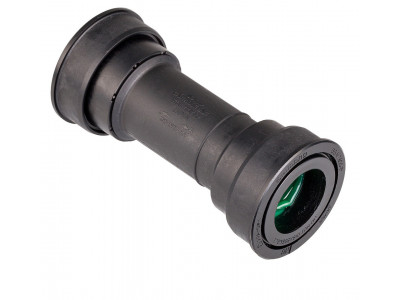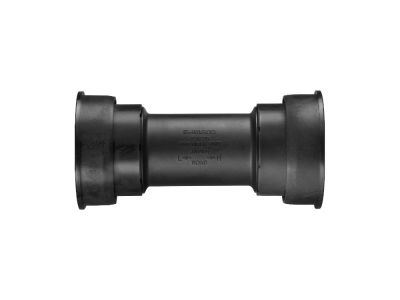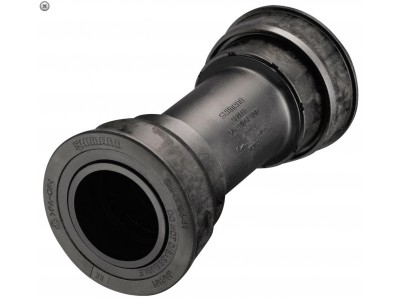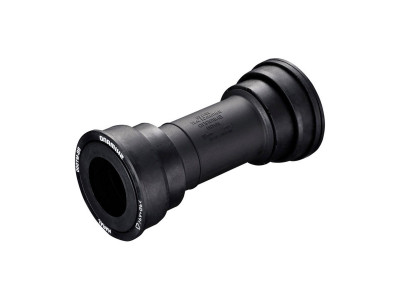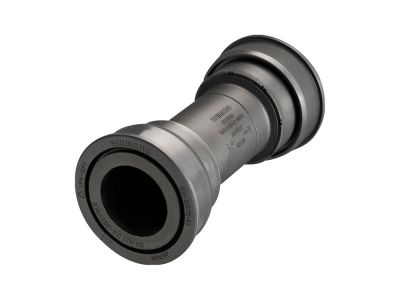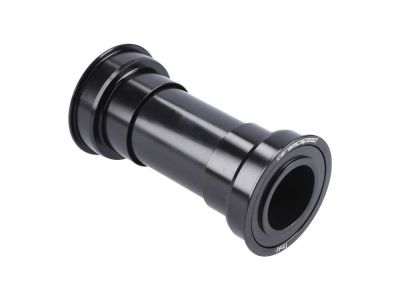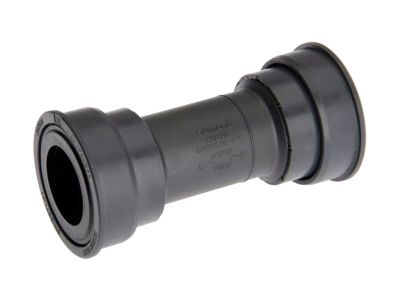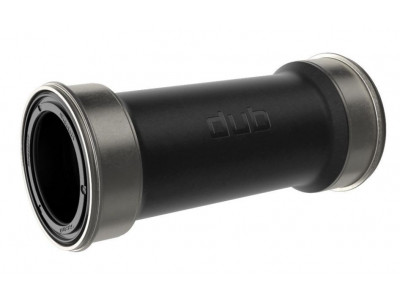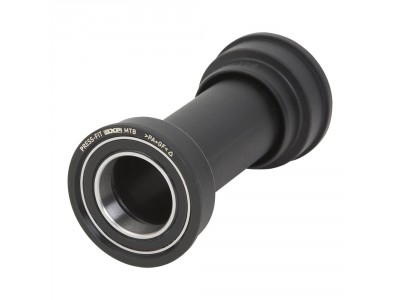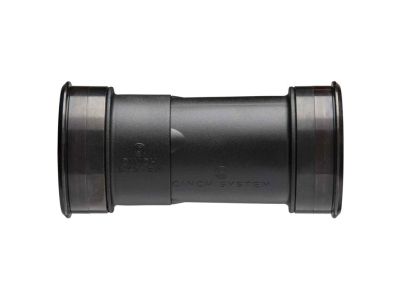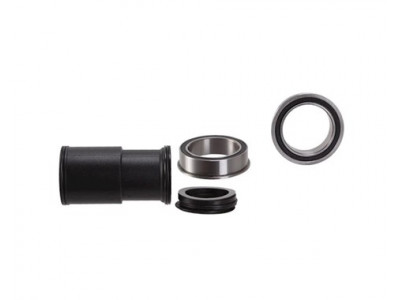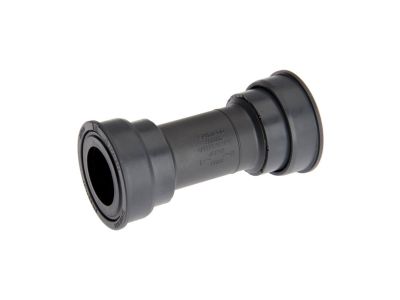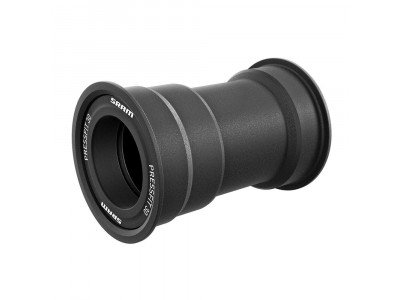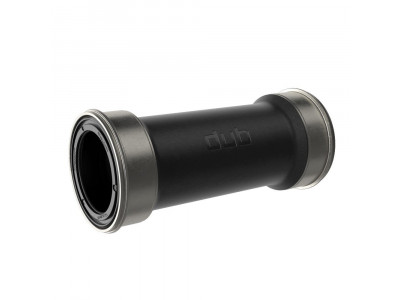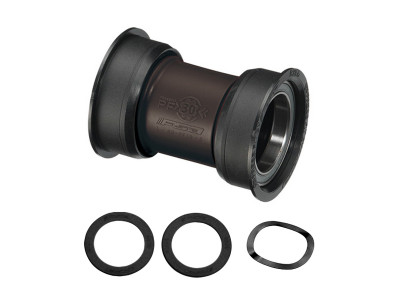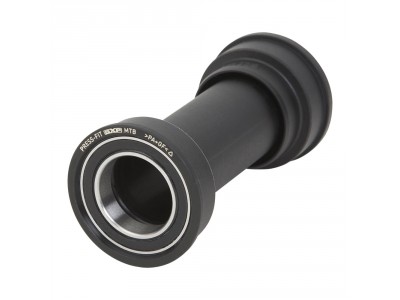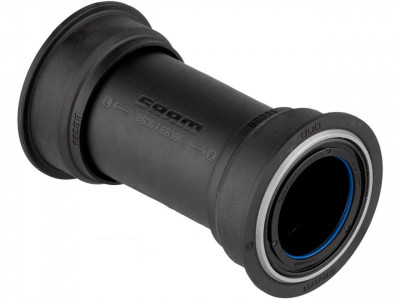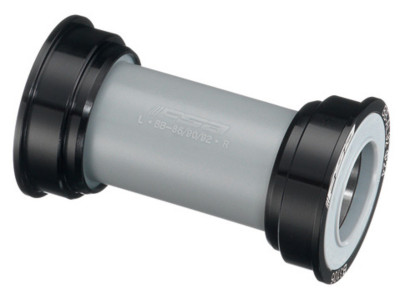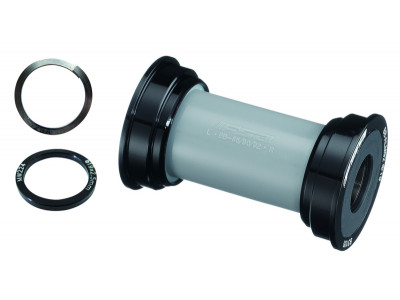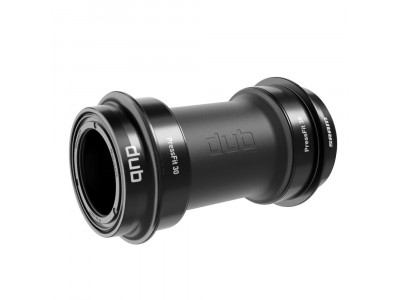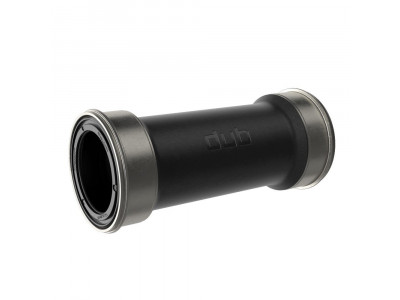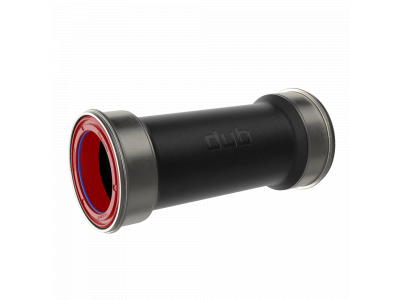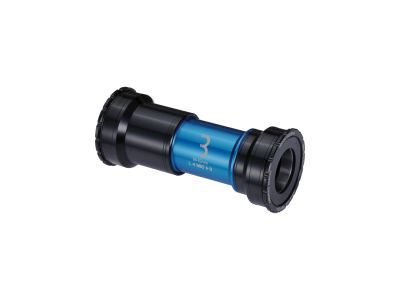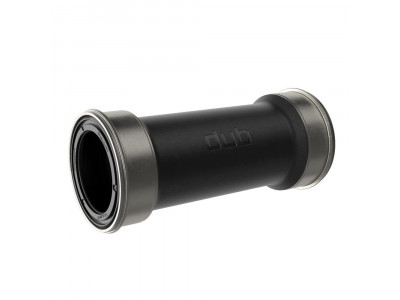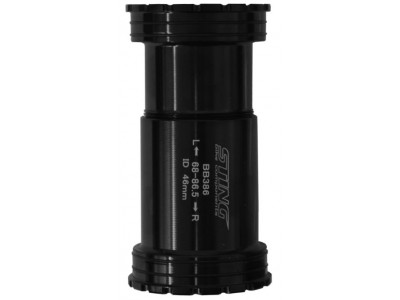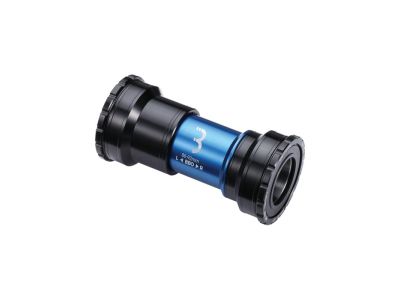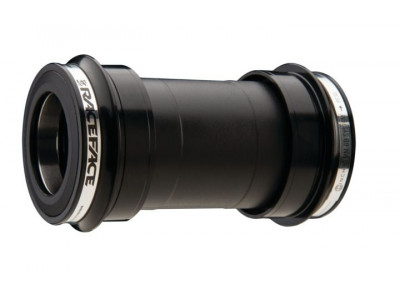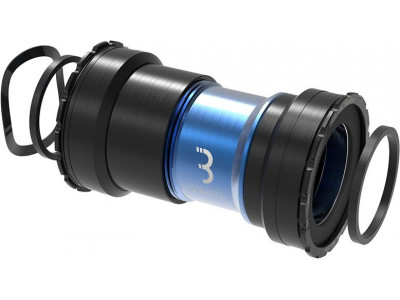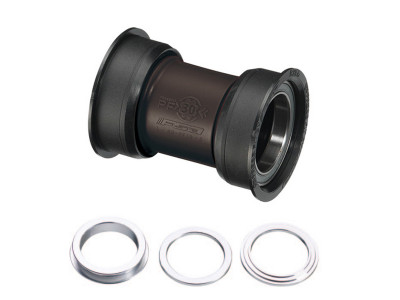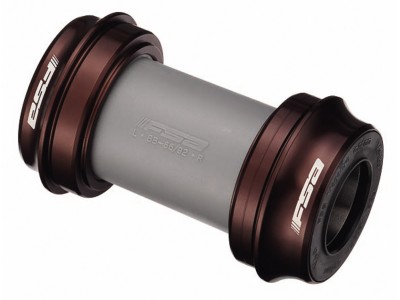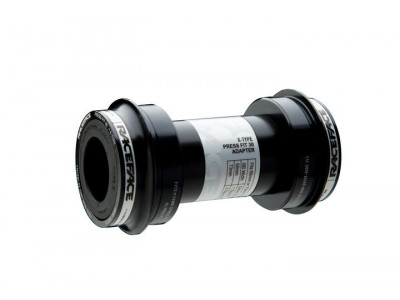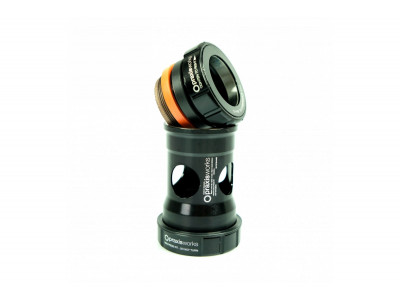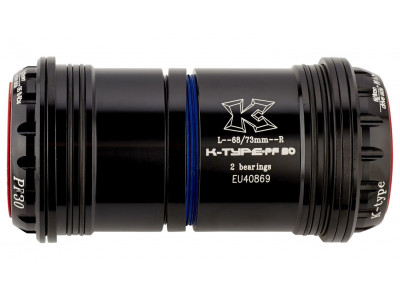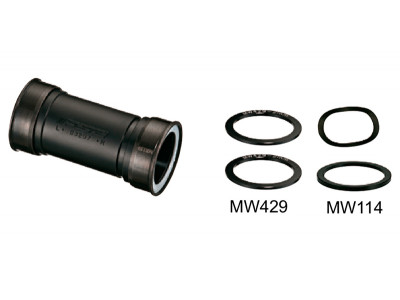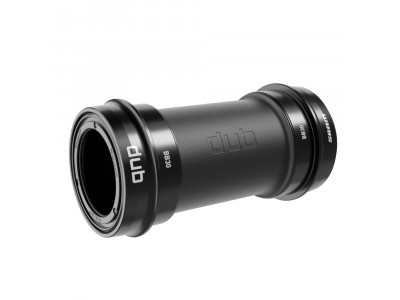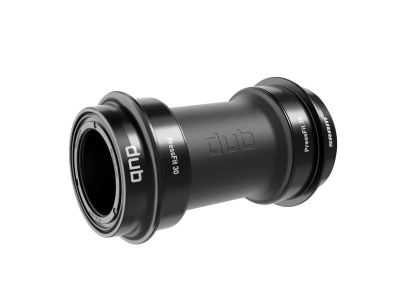Pressfit bottom brackets provide a secure and efficient connection between the bike frame and the cranks. These bottom brackets are designed to be press-fit directly into the frame, eliminating the need for external cups. Among the advantages of pressfit type bottom brackets are better stiffness and easier maintenance. In addition, the pressfit construction helps reduce the overall weight of the bike by eliminating the need for additional components.
When choosing a pressfit bottom bracket, it is important to consider the specific requirements of the frame. Different bike manufacturers use different standards, for example BB86, BB92, BB30 or PF30. To ensure compatibility and optimal performance, it is essential to select a bottom bracket that matches the specific frame standard.
In the MTBIKER shop, we offer a wide range of pressfit bottom brackets, which are designed to meet different frame standards and provide a reliable and durable solution for your bike.
What specifics to consider when choosing a pressfit bottom bracket?
When buying a pressfit bottom bracket, consider the following parameters to achieve functionality and compatibility with your bike:
- Bottom bracket standards: BB30, PF30, BB86/92, BB386EVO and others. The standard determines the dimensions and design of the bottom bracket and compatibility with the bike frame.
- Width: Pressfit bottom bracket come in different widths that relate to the width of the bike frame. Common bottom bracket widths are 68 mm and 73 mm, 89.5 mm, 92 mm for mountain bikes and 68 mm, 86.5 mm for road bikes, or others. The bottom brackets are supplied with washers, which are used to reduce the necessary width.
- Bearing type: Pressfit bottom brackets typically use industrial bearings that are sealed and easy to replace. Industrial bearings are pressed into the frame and ensure smooth rotation of the crankshaft.
- Crankset compatibility: Pressfit bottom brackets are available with a variety of crankset compatibility options. This refers to the type of crankset axle that can be used with a bottom bracket. Common types of axles include 24 mm, 30 mm, and more, depending on the bottom bracket standard.
- Material: Pressfit bottom brackets are commonly made from materials such as aluminium or composite materials. The choice of material can affect weight, stiffness, and durability.
Are the pressfit bottom brackets compatible with all bike frames?
Pressfit bottom brackets are not compatible with all bike frames. Their compatibility depends on the specific frame design and standard used to install the bottom bracket. There are several standards available, such as BB86, BB92, BB30, PF30, BBright and others. Each standard has different dimensions and specifications for frame compatibility and crankset compatibility.
What are the recommended brands or models of press bottom brackets?
There are numerous reputable brands that offer quality bottom brackets. Here are some recommended brands and models:
- Praxis Works: Praxis Works offers bottom brackets that are designed for optimal performance and compatibility with custom cranksets. They are known for their attention to detail and overall quality.
- SRAM: SRAM offers pressfit bottom bracket as part of its GXP (Giga X Pipe) and DUB system. These are recognized for their reliability and compatibility with SRAM cranks.
- Shimano: Shimano's pressfit bottom brackets are known for their smooth running and durability. They are designed to provide efficient energy transfer and minimize friction, ensuring optimal performance. Shimano uses high-quality materials and precise manufacturing processes to ensure long life and reliability.
Are there any maintenance tips to keep the pressfit bottom bracket in good condition?
Yes, there are some maintenance tips that can help keep your bottom bracket in good shape:
- Keep it clean: Regularly clean the area around the bottom bracket to prevent clogging from dirt and moisture.
- Check for float or unusual noises: Periodically check for unusual noises coming from the bottom bracket area. Excessive float or clicking noises may indicate a worn or damaged bottom bracket and may require service or replacement.
